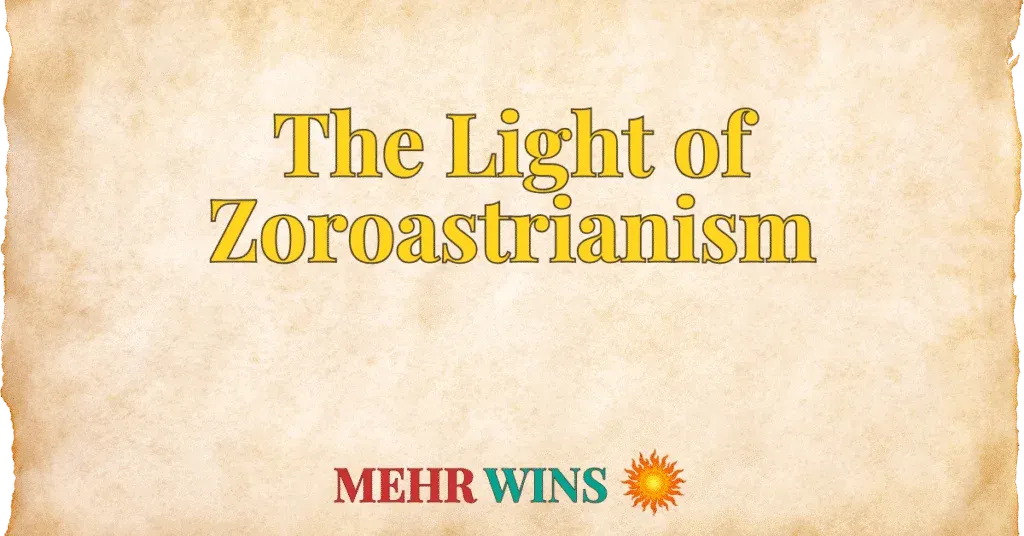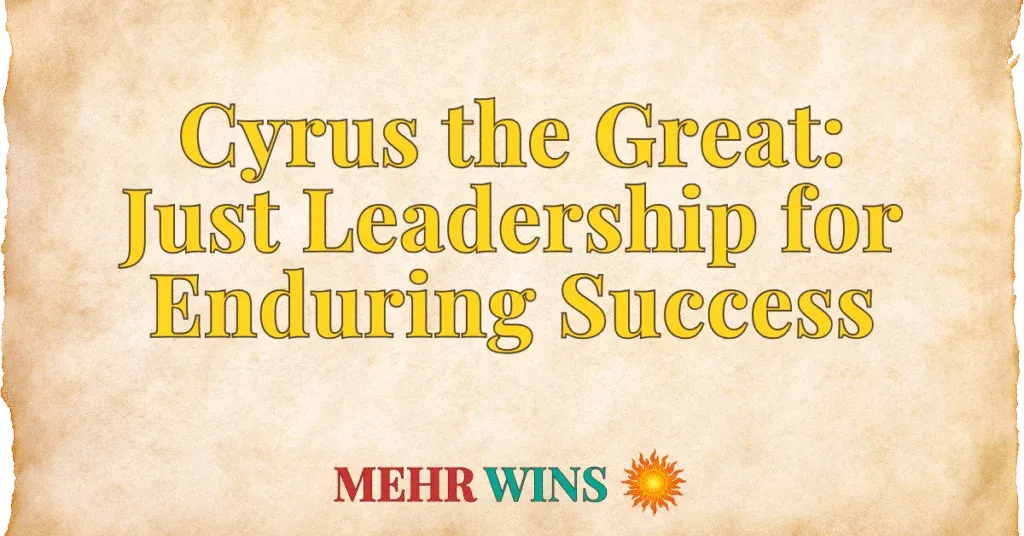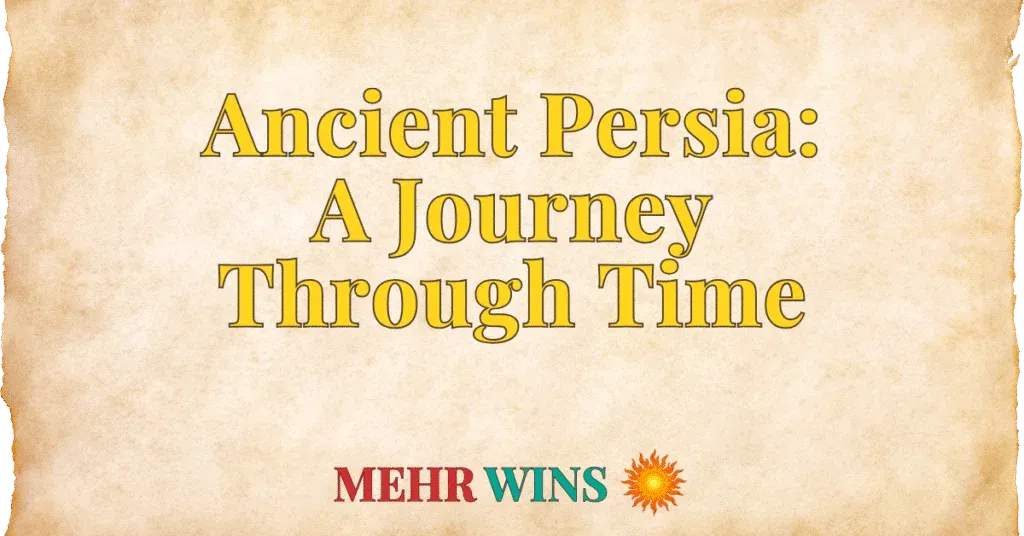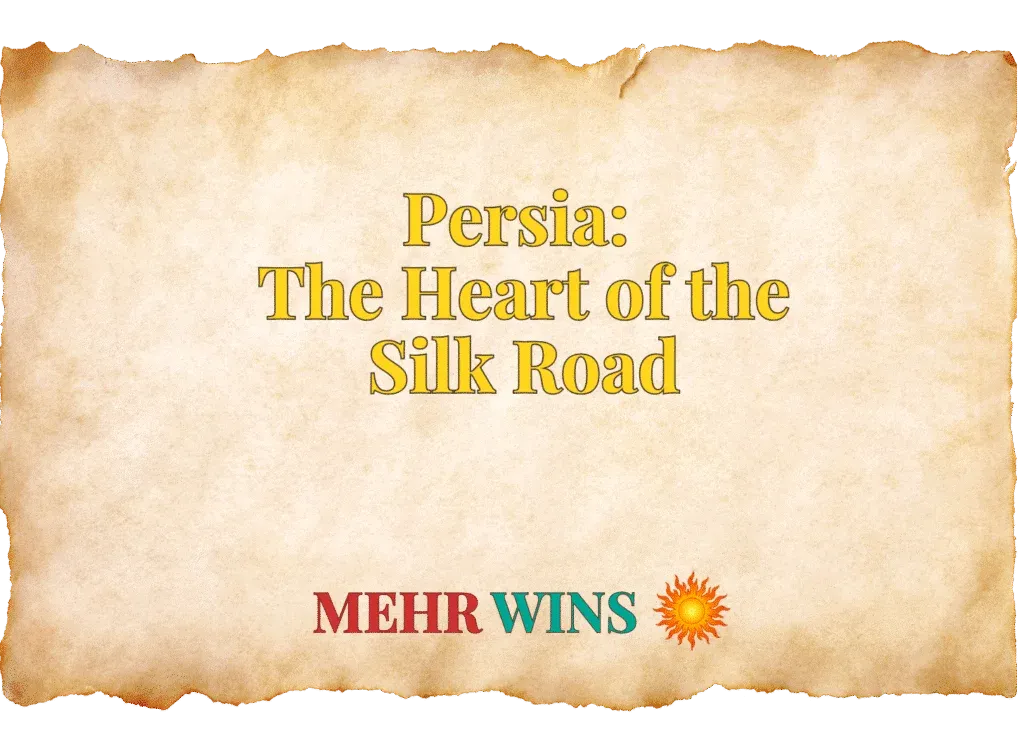
A Journey Through Time
Imagine a world without planes, trains, or even paved roads stretching for thousands of miles. Picture a time when communication took months, not seconds, and travel was a perilous undertaking fraught with dangers and uncertainties. Now, try to visualize a vast network of pathways, sometimes just dusty tracks across scorching deserts, sometimes treacherous mountain passes through icy peaks, connecting huge empires and many different peoples across entire continents. This intricate web of routes was known as the Silk Road, a truly astonishing achievement for its era, a powerful sign of human cleverness, bravery, and the strong, unyielding desire to connect and share across vast distances. And right at the very center of this incredible network, beating like a strong, vital heart, was Persia.
For us today, living in an age of instant communication and rapid global travel, it is genuinely difficult to grasp the sheer scale and immense difficulty of moving goods, ideas, and people across such enormous distances in ancient times. The Silk Road was not a single, paved highway, but a complex tapestry of interconnected routes, often thousands of miles long, stretching from the bustling markets of Chang’an in China to the shores of the Mediterranean Sea. Traversing scorching deserts under the relentless sun, climbing icy mountain ranges that touched the clouds, and navigating through unfamiliar lands with diverse languages and customs demanded incredible courage, physical endurance, and a deep understanding of logistics. It required intricate planning, the establishment of trust among different cultures, and the development of sophisticated systems for trade, security, and survival over vast and challenging terrains. The very existence and sustained operation of the Silk Road for many centuries, linking the distant East with the Western world, was nothing short of miraculous, representing one of humanity’s earliest and most enduring feats of global connection. And right in the middle, making it all possible, was Persia.
To help grasp the monumental effort involved, one might consider a comparison to a familiar journey like North America’s Oregon Trail. That historic pathway, approximately 3,200 kilometers (2,000 miles) long, was primarily used for mass migration for roughly three decades, from the 1840s to the 1860s. This offers a glimpse into the human challenge of arduous long-distance travel before modern infrastructure. Like the pioneers heading west, Silk Road merchants and travelers faced brutal weather, unforgiving terrain, and the constant threat of illness or danger. Both journeys relied on basic pathways and scattered waystations, demanding immense resilience and collaborative effort from those who dared to travel them. However, the Silk Road, by contrast, was a sprawling network of routes stretching over 6,400 kilometers (4,000 miles) or more from its Eastern origins to its Western termini, with countless interconnected branches and offshoots, and it was actively used for over 1,500 years, from roughly the 2nd century BCE to the 15th century CE. This makes it an undertaking of unparalleled continental and intercontinental scale and longevity, far exceeding the length and duration of even the most challenging North American trails, highlighting its truly global impact.
Persia’s Perfect Location
Think of Persia, which is modern-day Iran, as the ultimate geographical sweet spot, a truly indispensable crossroads of the ancient world. It sat directly in the middle, like the central piece of a grand puzzle, connecting everything and serving as the essential bridge between continents. To its east lay the vast lands of China and the rich civilizations of India; to its west, the powerful Roman and later Byzantine Empires, extending trade routes towards Europe; and to its north and south, the nomadic tribes of Central Asia and the vital sea lanes of the Persian Gulf and the Caspian Sea. This unique and central position meant that any major overland route between East and West, or even between North and South, had to pass through Persian territory, making it an unavoidable and critical nexus for nearly two millennia.
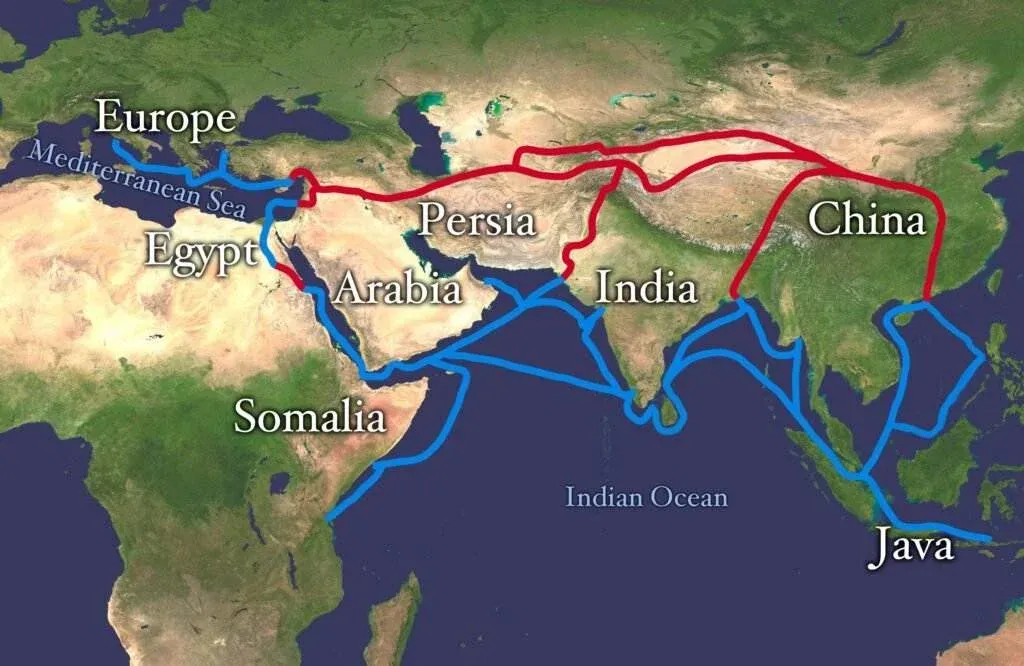
This map illustrates the vast network of the ancient Silk Road, encompassing both the extensive overland trade routes (shown in red) and the crucial maritime connections (shown in blue). These maritime routes, also known as the Maritime Silk Road or Spice Routes, linked East Asia, India, Arabia, and Africa, often connecting with overland networks at key ports. The map clearly shows how Persia lay at the critical intersection of these vital East-West and North-South pathways throughout the Silk Road’s long history, from approximately the 2nd century BCE to the 15th century CE. Attribution: https://commons.wikimedia.org/wiki/File:Silk_route.jpg
To truly appreciate Persia’s role, it is important to understand the immense size of the Persian Empires throughout the Silk Road era. For instance, the Achaemenid Persian Empire, which predated but laid crucial groundwork for Silk Road connections, was the largest empire the ancient world had ever seen up to its time. At its peak under kings like Darius the Great, it stretched from the Balkans and Egypt in the west, across West Asia, through much of Central Asia, and extended to the Indus Valley in what is now Pakistan and India in the southeast. This vast dominion, covering millions of square miles, meant that much of the early Silk Road traffic from the East immediately entered Persian-controlled lands, providing unparalleled access and control over critical trade arteries. Later Persian empires, such as the Parthian and Sasanian, while perhaps not always as expansive, still controlled an immense territory spanning from Mesopotamia (modern-day Iraq) to parts of Central Asia and the borders of India, essentially forming the indispensable “middle kingdom” for overland trade, making their stability crucial for transcontinental commerce.
This was not just a convenient spot; it was a strategic imperative that shaped Persia’s destiny and its role in global history. The land itself offered natural corridors through its valleys and passes, guiding caravans laden with precious goods and providing relatively manageable paths through otherwise formidable landscapes. Imagine merchants traveling for months, finding essential relief and respite in the fertile oases scattered across the vast Persian plateau, which became beacons of civilization in arid lands. These oases were not just simple rest stops for weary travelers; they grew into bustling cities like Ray, Esfahan, and Yazd, alive with vibrant markets, secure inns, and diverse communities of traders, artisans, and scholars from across Eurasia. Persia did not just sit passively on the routes; its powerful empires actively controlled them, managed them, and made them safe enough for this incredible global exchange to thrive for centuries, fostering stability along the most crucial segments of the Silk Road and ensuring the flow of wealth into their treasuries.
A Vibrant Economic Center
The heartbeat of the Silk Road was trade, and Persia was its most vital organ, pumping goods, wealth, and innovation through its vast networks. This constant flow of commerce made Persia incredibly rich and influential throughout the ancient and medieval worlds, transforming its cities into cosmopolitan hubs of global significance. Persian control over these central routes allowed them to levy taxes and benefit directly from every transaction that passed through their lands, solidifying their economic power.
What was traded? So much! From the distant East came the legendary silk, which gave the road its famous name and was prized for its luxurious feel and intricate patterns, along with exotic spices that tantalized tastes, preserved food, and were used in medicine. Delicate porcelain dishes, admired for their beauty and craftsmanship, the revolutionary invention of paper, and mysterious medicinal herbs used for healing also flowed westward from China. From the West, precious gold and silver coins, beautiful glassware from Roman workshops, and luxurious wool textiles made their way eastward, often exchanged for the highly sought-after Eastern commodities. And from Persia itself came magnificent carpets known worldwide for their intricate designs and quality, beautiful turquoise gemstones mined from its mountains, sweet saffron spice used in cooking and dyes, and strong horses prized for their speed and endurance, which were highly valued by both Eastern and Western armies. It was a massive international marketplace, a buzzing hub of global commerce where goods from across the known world converged, were exchanged, and then redistributed to various regions.
Persian empires understood deeply that successful trade needed strong support and sophisticated infrastructure. They built countless caravanserais, which were like fortified roadside inns that provided safe lodging for merchants, their animals, and their valuable goods. These were not just simple hotels; they were also vital trading posts, places where news was exchanged, business deals were struck, and weary travelers could recover before continuing their arduous journeys, often serving as small, self-contained communities that facilitated cultural exchange. To sustain life and trade in the arid lands, Persians mastered sophisticated water management systems, most notably qanats. These were ingenious underground channels that brought water from distant mountains to cities and farmlands, ensuring a steady supply of water for both human settlements and agricultural production along the trade routes, making otherwise uninhabitable areas flourish. Moreover, Persian rulers understood the critical importance of security; they deployed soldiers and established garrisons at strategic points to protect caravans from bandits and rival factions, making journeys less perilous and encouraging more merchants to use their routes, thereby ensuring the continuous flow of goods and revenue.
Over centuries, Persian merchants became exceptionally skilled and resourceful, developing sophisticated commercial practices that were ahead of their time. They developed advanced ways to handle large amounts of money, create systems for credit, allowing merchants to buy goods now and pay later, and set up early forms of banking and bills of exchange, which significantly reduced the need to carry large amounts of physical currency, making transactions safer and more efficient over long distances. Coins were standardized, and weights and measures became more uniform across vast regions, making trade fairer, more transparent, and easier for everyone involved, from the individual trader to large merchant houses. This advanced financial system was absolutely crucial for managing the huge wealth and complex transactions that passed through their lands, solidifying Persia’s role as a sophisticated economic power and a model for commercial organization across Eurasia. Persian merchants, including many Sogdians who were culturally influenced by Persia, also served as crucial intermediaries and translators, bridging linguistic and cultural divides along the trade routes.
A Place Where Cultures Mixed
Beyond the exchange of silk and gold, the Silk Road was a superhighway for ideas, beliefs, and artistic styles. Persia, as the central meeting point of so many diverse cultures, became an amazing crucible where civilizations mixed, influenced each other, and grew together in profound and lasting ways. This constant interaction led to a rich tapestry of shared knowledge, artistic innovation, and spiritual understanding that spread far beyond its borders.
Religions traveled along these paths: Zoroastrianism, Persia’s ancient indigenous faith, with its emphasis on dualism and the cosmic struggle between good and evil, influenced areas far and wide, leaving its mark on other belief systems that emerged later, including Judaism, Christianity, and Islam. Buddhism journeyed from India through Central Asia and into China, often passing through or near Persian territories, particularly in regions like Bactria and Sogdia, which were culturally intertwined with Persia. Buddhist monasteries and stupas dotted the landscape, serving as spiritual centers and sometimes even as waystations for travelers, facilitating the spread of Buddhist art, philosophy, and monastic practices. Christianity, especially the Nestorian branch, spread eastward into China, carried by dedicated missionaries and resilient merchants who established vibrant communities along the route, demonstrating the power of faith to transcend geographical boundaries and adapt to new cultures. Manichaeism, a unique and highly syncretic religion that started in Persia in the 3rd century CE by the prophet Mani, gained many followers across Asia, blending elements of Zoroastrianism, Christianity, and Buddhism into a distinct belief system that spread widely along the trade routes, demonstrating a remarkable blend of Eastern and Western spiritual ideas. Later, with the rapid rise of Islam from the Arabian Peninsula in the 7th century, Persia warmly accepted the new faith and transformed into a vibrant center of Islamic civilization. This further linked vast parts of the Silk Road under one spiritual and legal umbrella, fostering greater unity and facilitating even more extensive cultural and intellectual exchange under the banner of a shared faith that extended from Spain to India.
Art and ideas blended beautifully: Persian artists were masters of many forms, including delicate miniature paintings, intricate metalwork, and exquisite ceramic pottery, often incorporating motifs and techniques from both Eastern and Western traditions. Their unique styles influenced, and were in turn influenced by, art from China, India, and the Mediterranean region, creating a dynamic cross-cultural artistic dialogue that resulted in new forms and aesthetics. Think of the magnificent Persian carpets, renowned worldwide for their intricate designs, rich colors, and symbolic motifs, which were not only valuable trade goods but also powerful expressions of artistic heritage, cherished and traded across continents, influencing textile arts far beyond Persia. Architectural ideas, such as the grand domes, soaring iwans (vaulted halls), and intricate tilework that adorned mosques and palaces, also moved along the routes, leaving their distinctive mark on buildings from far-off Samarkand to Damascus, creating a recognizable architectural vocabulary across the Islamic world. These artistic exchanges created a rich tapestry of shared aesthetics and craftsmanship across Eurasia, demonstrating how art transcends borders and enriches human experience.
Knowledge exploded and spread rapidly: Persian scholars were like intellectual sponges, eagerly absorbing knowledge from all directions and adding their own brilliant contributions, becoming crucial conduits for global learning and innovation. Greek philosophy and science came eastward, often translated and studied in Persian academies like the famous Academy of Gundishapur, which was a leading medical and intellectual center during the Sasanian period. Simultaneously, Indian mathematics, including the revolutionary concept of zero and the decimal system, which are the basis of the numbers we use today, and advanced medical knowledge traveled westward, often translated and refined by Persian thinkers, who then transmitted them to the Arab world and eventually to Europe. Great Persian minds like Avicenna (a genius in medicine and philosophy whose medical encyclopedia, The Canon of Medicine, was studied in European universities for centuries), Al-Biruni (a polymath who excelled in astronomy, mathematics, geography, and history, making accurate calculations of the Earth’s circumference), and poets like Rumi(whose mystical poetry continues to inspire millions) and Ferdowsi (whose epic Shahnameh, or Book of Kings, preserved Persian mythology and history) created timeless works that spread across the known world, inspiring countless others and shaping literary traditions. The famous “House of Wisdom” in Baghdad, a grand library, translation center, and research institution during the Islamic Golden Age, was heavily shaped by Persian scholarship, with many of its leading figures and translated texts originating from Persian intellectual traditions. This period saw an unprecedented flourishing of science, philosophy, and literature, much of it directly facilitated by Persia’s central role in the Silk Road’s intellectual exchange.
Language and literature also traversed the routes: Persian itself, particularly during the Sasanian and early Islamic periods, became a significant lingua franca, a common language, in some parts of the Silk Road, especially in Central Asia, facilitating communication among diverse merchants, scholars, and administrators. This widespread use of Persian helped to standardize commercial terms and foster cultural understanding across vast regions. Storytelling traditions, fables (such as those found in One Thousand and One Nights, which has strong Persian roots and incorporates many Persian tales), and epic poetry like Ferdowsi’s Shahnameh traveled along these routes, enriching the cultural lives of people far from their origins. The shared narratives and literary forms fostered a sense of cultural connection and shared humanity across vast distances, demonstrating the power of stories to bridge divides and transmit cultural values. Even musical instruments and styles, like the lute or certain melodic modes, found their way across continents via these connections, leaving a lasting impact on global music.
Moving Innovations Forward
The Silk Road was not just about trading existing goods; it was a dynamic path for groundbreaking inventions and agricultural wonders to travel and spread. Persia played a key intermediary role in the journey of these important new ideas and technologies, often refining them and adapting them before passing them on to the next region. This continuous flow of innovation spurred development across many civilizations, significantly advancing human capabilities.
Perhaps one of the most significant technological transfers was paper-making. Originating in China, the secret of making paper traveled westward, with its knowledge spreading significantly after the Battle of Talas in 751 CE, where Chinese papermakers were captured by Arab forces. Persian cities like Samarkand and Baghdad became important centers for its production and refinement, adapting the techniques to local materials and then disseminating them further west, eventually reaching Europe and revolutionizing communication, record-keeping, and the spread of knowledge. This invention fundamentally changed how people recorded information, conducted administration, and shared scientific discoveries, laying the groundwork for future intellectual and bureaucratic advancements across the globe, impacting literacy and scholarship for centuries.
While China kept its silk-making secrets very carefully guarded for a long time, Persia was involved in the eventual transfer of sericulture (the practice of raising silkworms for silk production) knowledge further west. Though the exact route and timing are debated, Persian territories were crucial in the gradual diffusion of this valuable skill, eventually leading to the establishment of silk industries in the Byzantine Empire and later in Europe, breaking China’s monopoly on this highly prized commodity. New agricultural products also moved along the routes, enriching diets and economies across Eurasia: peaches, citrus fruits, cotton, rice, and sugarcane were introduced from East to West and vice-versa, adapted, and successfully cultivated in fertile Persian lands, leading to new farming practices, diverse food sources, and economic diversification. The exchange of agricultural knowledge, including irrigation techniques and crop rotation, was as vital as the exchange of finished goods, significantly boosting food production and supporting larger populations.
Techniques in metallurgy (the science of working with metals) and mining were also shared and improved along the Silk Road, leading to better tools, weapons, and decorative objects. For example, advances in steel production, particularly the famous Damascus steel (which had strong Persian connections in its making), or the extraction of precious metals and gemstones could spread from one region to another, enhancing craftsmanship and industrial capabilities, and leading to new forms of jewelry and weaponry. Even military technologies like new types of bows (such as the composite bow), improved cavalry tactics, or sophisticated siege engines could travel along these routes, influencing warfare and military organization across continents, thereby shifting the balance of power in various regions. The constant movement of people meant a constant exchange of practical knowledge and skills, leading to continuous innovation and adaptation across diverse societies and fostering a global network of technological advancement.
Empires: The Road’s Protectors
Different Persian empires rose and fell over millennia, but their consistent importance to the Silk Road remained a constant, demonstrating the enduring strategic value of their lands. Each dynasty, in its own way, acted as a guardian and beneficiary of these vital trade routes, ensuring their continuity and prosperity through periods of both peace and conflict. Their administrative capabilities and military might were essential for maintaining the stability required for such extensive trade.
The Achaemenid Empire (around 550-330 BCE), one of the largest empires of the ancient world, established one of the earliest and most famous long-distance roads, the Royal Road. This sophisticated network, stretching over 1,600 miles from Susa to Sardis, was primarily for rapid communication and military movement, but it also facilitated trade, laying the groundwork for future Silk Road connections across their vast territories. It demonstrated an early understanding of the importance of interconnectedness and efficient infrastructure for maintaining a vast, multi-ethnic empire, setting a powerful precedent for future overland routes and laying the very foundations of long-distance communication systems.
Following them, the Parthian Empire (247 BCE – 224 CE) became crucial intermediaries between the powerful Roman Empire in the West and the Han Chinese Empire in the East. They skillfully controlled the central trade routes, often profiting immensely from the flow of goods and acting as a necessary bridge between these two distant superpowers, sometimes even playing them against each other politically to maintain their own advantage and autonomy. Their ability to manage and protect these routes, despite frequent conflicts with Rome over border regions like Armenia, was absolutely key to the Silk Road’s continued operation and prosperity during this period, ensuring a relatively stable passage for merchants through strategically important chokepoints.
Then came the mighty Sasanian Empire (224 – 651 CE), which ushered in a golden age for Persian culture, art, and economic power, often seen as the peak of ancient Persian civilization. Despite often being in rivalry with the Byzantine Empire to their west, the Sasanians maintained their vital link in the Silk Road network, ensuring the continued flow of goods and ideas and becoming a major economic rival to Byzantium. Their stable rule, sophisticated administration, and strong military further secured the routes, making Sasanian Persia a dominant force in international trade and a major cultural influence across Eurasia, with their distinctive silver coinage becoming a de facto currency along large stretches of the route due to its reliability and widespread acceptance.
Later, with the Islamic Golden Age (from the 8th to 13th centuries), which was heavily influenced by Persian culture and scholarship, the Silk Road routes became even more integrated and secure under the vast Abbasid Caliphate. Persian cities like Nishapur, Merv, and Samarkand (though geographically in Central Asia, they were vibrant centers of Persian culture, language, and learning) blossomed into magnificent centers of scholarship, trade, and artistic innovation, attracting scholars and merchants from all corners of the known world. This period saw an unprecedented expansion of trade networks, with Persian merchants and scholars playing a leading role in connecting the newly unified Islamic world with East Asia and beyond, creating a truly globalized economy. Even later dynasties, such as the Safavids (16th to 18th centuries), continued to ensure Persia’s significant role in global commerce and cultural exchange, adapting to new trade patterns but always retaining their strategic importance as a bridge between East and West, even as new maritime routes began to emerge.
A Lasting Global Impact and Its Legacy
So, what does all this mean for us today? Persia’s role as the “Heart of the Silk Road” was not just important back then; it profoundly shaped the very fabric of the world we live in now, leaving an indelible mark across centuries and continents. Its influence is a testament to the power of connection and exchange, proving that human progress is often a collective endeavor, built upon shared knowledge and resources.
The Silk Road, with Persia at its core, was one of the earliest and most powerful examples of globalization. It was not just about the movement of goods; it was about the fundamental human desire to connect, to learn, to share, and to grow, fostering a complex web of interdependence among diverse peoples. It broke down barriers, even if temporarily, between distant civilizations and fostered a surprising degree of mutual understanding and cultural exchange across Eurasia, demonstrating that despite vast distances and cultural differences, humanity has always sought connection and collaboration. This ancient network proved that interaction, rather than isolation, leads to progress and enrichment, setting a powerful precedent for future global networks and proving the interconnectedness of human destiny.
The Silk Road flourished for well over 1,500 years, beginning roughly in the 2nd century BCE and remaining a primary conduit for exchange until the 15th century CE. This incredible longevity speaks to its fundamental importance to global commerce and cultural diffusion. Its decline was not sudden but gradual, influenced by several critical factors. The rise of safer and more efficient maritime trade routes around Africa and across the Indian Ocean in the late medieval period offered a faster, cheaper, and less perilous way to transport bulk goods, significantly reducing the reliance on slow and expensive overland caravans. Additionally, periods of political instability in Central Asia, such as the decline of the Mongol Empire and subsequent localized conflicts, made overland travel increasingly perilous and less reliable for merchants. Finally, the Age of Discovery by European powers, opening up entirely new sea routes to the Americas and Asia, shifted the global economic focus away from the traditional overland routes. While the grand, unified Silk Road as a single dominant artery faded, localized trade certainly continued for centuries, and its immense legacy endured in the many cultural, technological, and economic advancements it fostered.
Because of this incredible interconnectedness, we can still see the echoes of the Silk Road everywhere in our modern world. Think of the foods we eat, like peaches, apricots, spinach, or rice, which originated in the East and traveled westward, enriching global diets; the fabrics we wear, like silk itself, which revolutionized textiles and fashion; the words we speak, with many terms for goods and concepts having traveled along these routes and often bearing Persian origins; the musical instruments and styles, which diffused across continents; and even the philosophical and religious ideas that have shaped civilizations, moving and transforming as they encountered new contexts. The constant exchange nurtured by Persia’s central position led to an explosion of knowledge, innovation, and artistic expression that enriched every society it touched, creating a shared cultural heritage that spans continents and continues to influence us today in countless, often unseen, ways. Persia was not just a passive bridge for trade; it was a vibrant, living hub that actively absorbed, transformed, and redistributed the world’s treasures, proving that diversity can be a source of strength and creativity. Its enduring legacy reminds us of the profound importance of open pathways and shared journeys in shaping our global civilization and fostering a deeper understanding of our shared human story, a story where Persia played a central, irreplaceable role.

